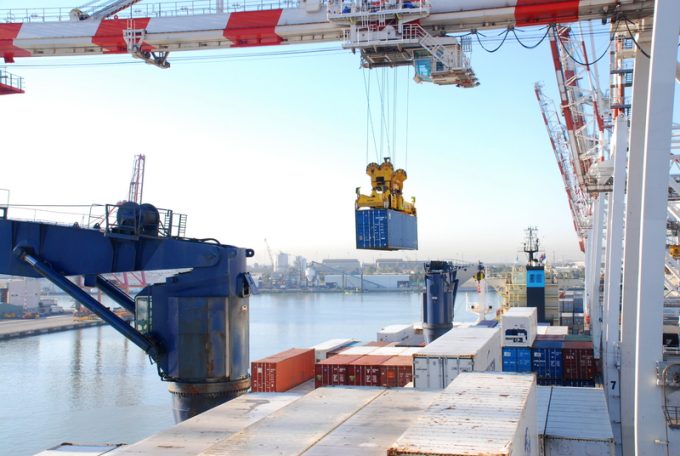Alliance reshuffle will increase box ship shortage as carriers hunt 'buffers'
Forget being the Year of the Snake, 2025 will be “the year of the first ...

The ongoing “disarray” in Australia’s container supply chains will mean empty shelves for some retailers at Christmas.
Industrial action by the Maritime Union of Australia (MUA) against Patrick Terminals was suspended in early October – pending peace talks over a new pay deal – but supply chain delays from previous MUA work stoppages are still playing out, two months later.
Shipping schedules were put out of whack, creating a backlog of “eight-to-ten” weeks, according to to carriers, but the union denies it’s ...
Asia-USEC shippers to lose 42% capacity in a surge of blanked sailings
Why ROI is driving a shift to smart reefer containers
USTR fees will lead to 'complete destabilisation' of container shipping alliances
New USTR port fees threaten shipping and global supply chains, says Cosco
Outlook for container shipping 'more uncertain now than at the onset of Covid'
Transpac container service closures mount
DHL Express suspends non-de minimis B2C parcels to US consumers

Comment on this article